Here's the answer to a question we never ask
Here's the scientific explanation!
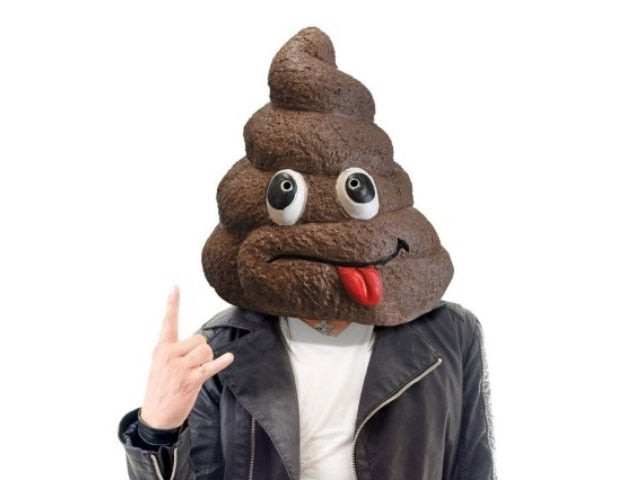
We have to admit that we all have asked this question at some point in our life.
PHOTO: PINTEREST
At some point in your life, you may have wondered why we can not poop without peeing. Well, there's a scientific answer.
10 things you should know about your pee
Our body consists of several voluntary and involuntary muscles that control the passing of our faeces and to direct this flow, the urethra and the anus consist of internal and external sphincters.
The internal sphincters for both these parts are involuntarily - relaxing when there is pressure build up, on the other hand the external sphincters are completely voluntary muscles that one can relax at will.
So you can tighten them and hold in your pee or poop, and decide for yourself when and where you would want to release them.
Women with big bums are healthier, science says
The external muscle that is relaxed when peeing is easier to isolate because of its smaller size unlike the muscle relaxed when pooping, since there the relaxation of the anal sphincter is considerably stronger in order to allow solid wastes to pass through.
This way the weaker urinary sphincter is ultimately also relaxed causing one to leak some urine along with the stool – which one can’t deny is a good relief.
So now you can stop wondering.
This story originally appeared on ScoopWhoop
Have something to add to the story? Share it in the comments below.



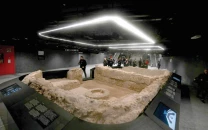




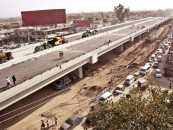
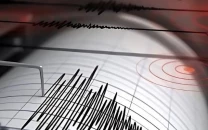


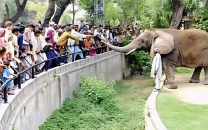






COMMENTS
Comments are moderated and generally will be posted if they are on-topic and not abusive.
For more information, please see our Comments FAQ